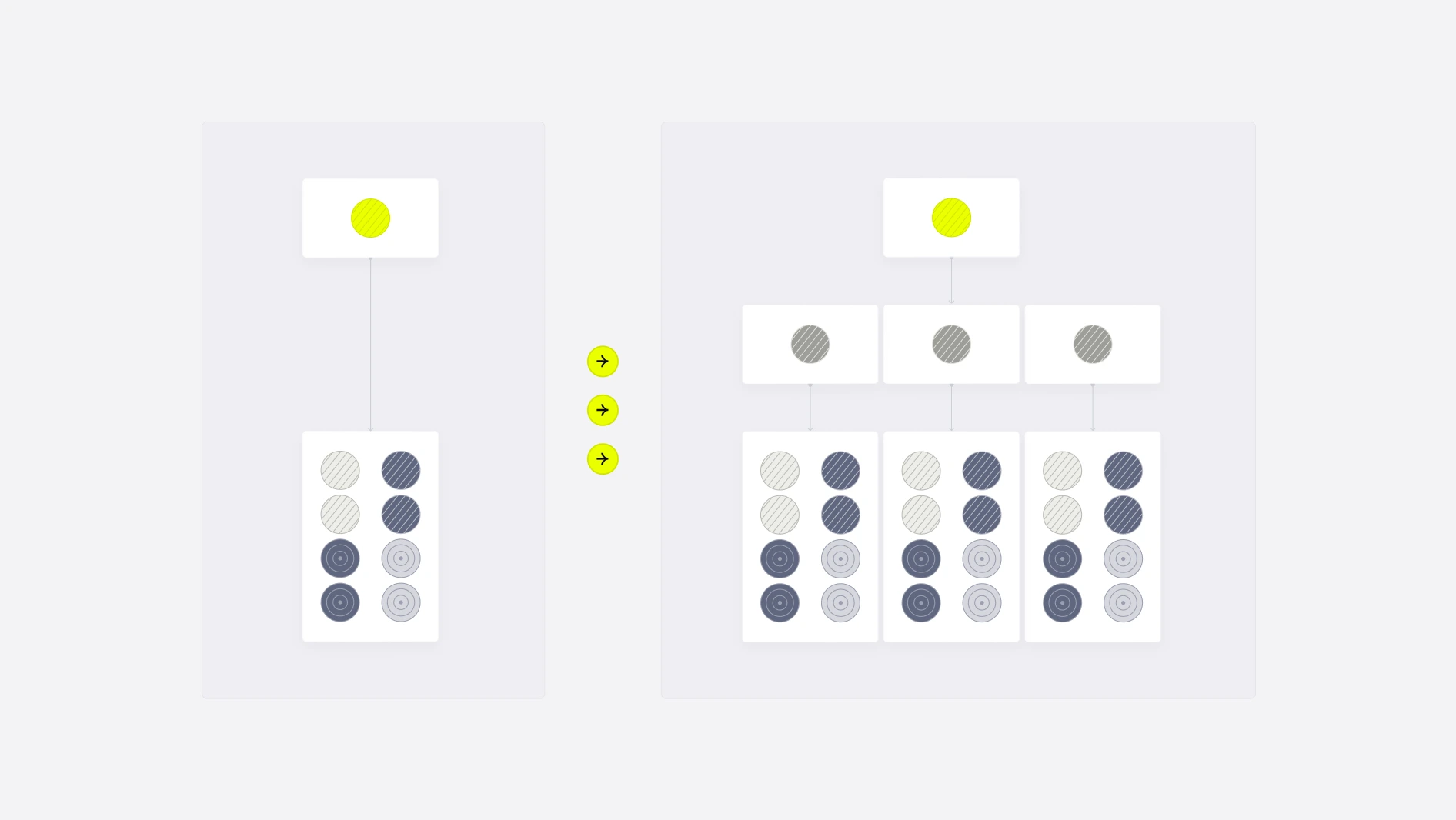In dual-track agile product development, the success of the delivery track is dependent on the accurate estimation of work required to develop the planned epics and user stories. To allow for accurate planning and a better understanding of the overall progress, it is common for product development teams to estimate their work with story points. The purpose of this article is to outline what story points are and provide insights on how our product development teams at OAK’S LAB can leverage them to estimate work.
Interested in mastering the art of epics and user stories? Elevate your agile product development skills with our in-depth guide on Utilizing Epics & User Stories in Agile Product Development.
What are story points?
Story points are a unit of measurement utilized by product development teams to estimate the amount of work required to complete a user story. Story points offer a way to comprehend the effort involved, factoring in the complexity, uncertainty, and risks, rather than focusing solely on the time required. The underlying principle of story points is comparative estimation - comparing the relative effort required to implement various user stories.
Simply put, in the estimation process, each user story is assigned a specific number of story points; the larger the number of points means the more substantial work required to develop the user story.
How we estimate using story points at OAK’S LAB
Over the years we’ve optimized the art of estimation using story points, integrating a series of strategic best practices into our workflow.
We begin with ensuring that each team has an Estimation Matrix in place. This matrix serves as a guide for the team to use for reference when estimating new user stories. It outlines past user stories and assigns them a story point value based on the Fibonacci sequence from 1 to 13 (1, 2, 3, 5, 8, 13).

We then make sure each team has a clear and consistent technique for how they estimate their work. At OAK’S LAB we use Planning Poker as the main estimation technique. This gamified method allows our teams to estimate the effort required for each user story based on collective input, fostering engagement and enhancing accuracy. Our teams use planning poker cards, similar to real poker cards, allowing every team member to assign their individual story point estimate to each user story.
Throughout the Planning Poker estimation session, our teams take into account all aspects that get us to working software (design, engineering, QA). Prior to each sprint, the team assigns every user story with the estimated amount of story points. Then the user stories for the upcoming sprint are strategically planned, taking into account the team's velocity (the total number of story points completed by the team in the previous sprint).
Tips for estimating using story points
When estimating with story points, teams should keep several key considerations in mind:
- Size matters. Break down larger stories into smaller, manageable chunks, ensuring each story can be completed within a single sprint.
- Time is not equal to points. Refrain from directly converting story points into time units. Remember, story points encapsulate the complexity and effort, transcending just the time factor.
- Gauge velocity. Regularly reassess the team's velocity and estimation accuracy to refine future estimates and plan the team's capacity for the future sprints.
- Reflect and improve. Use retrospective meetings to reflect on the estimation process and find avenues for improvement.
- Simplicity is key. Keep the process simple, avoiding over-complication that could lead to analysis paralysis.
The use of story points for estimating the workload of epics and user stories offers a path to streamlined planning and optimal team utilization in the dual-track agile product development process. As an integral part of OAK’S LAB's approach, story points not only aid in understanding and gauging the effort required for each user story but also foster a collaborative environment that promotes efficiency and productivity.
.webp)
.webp)







